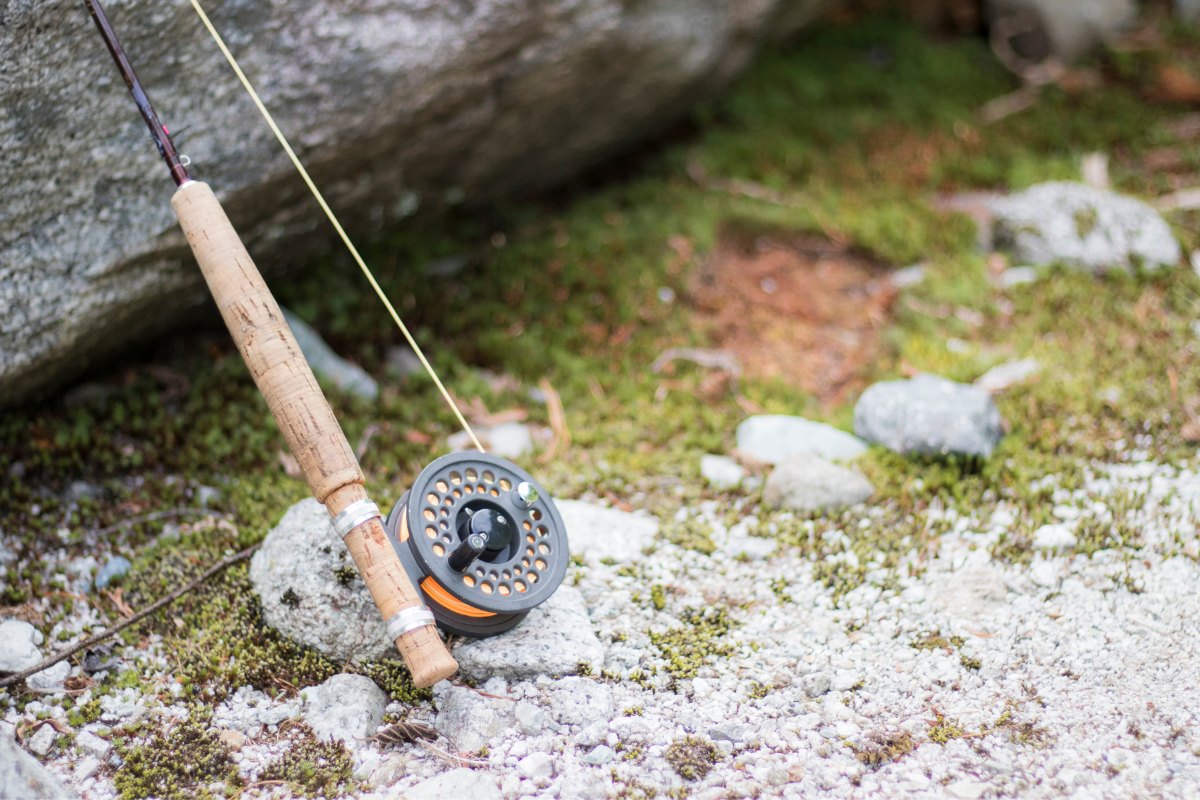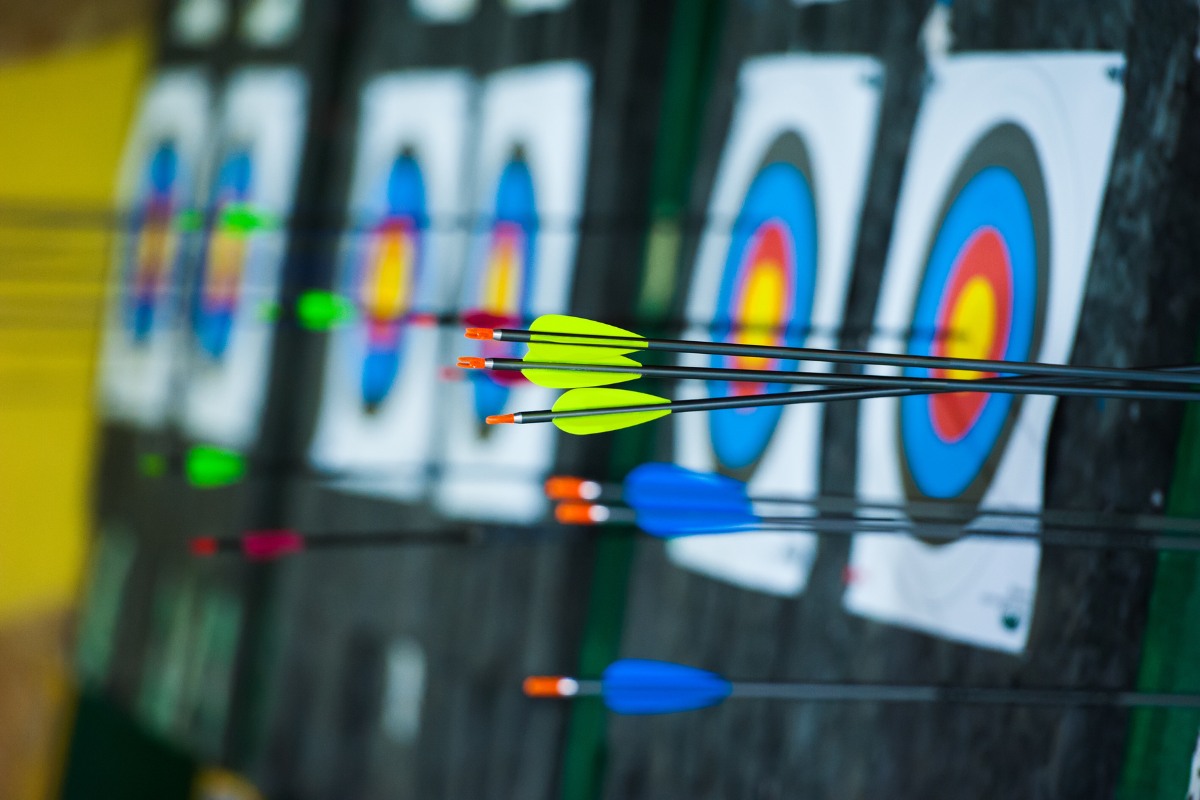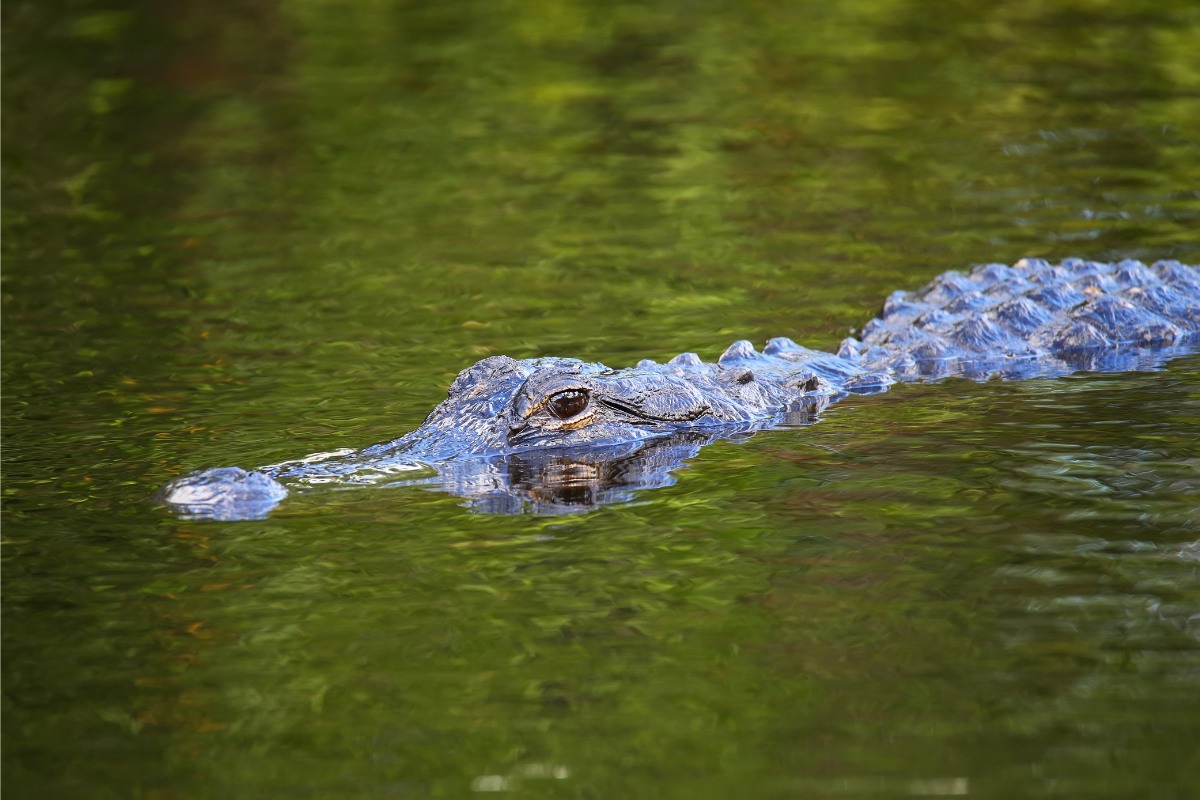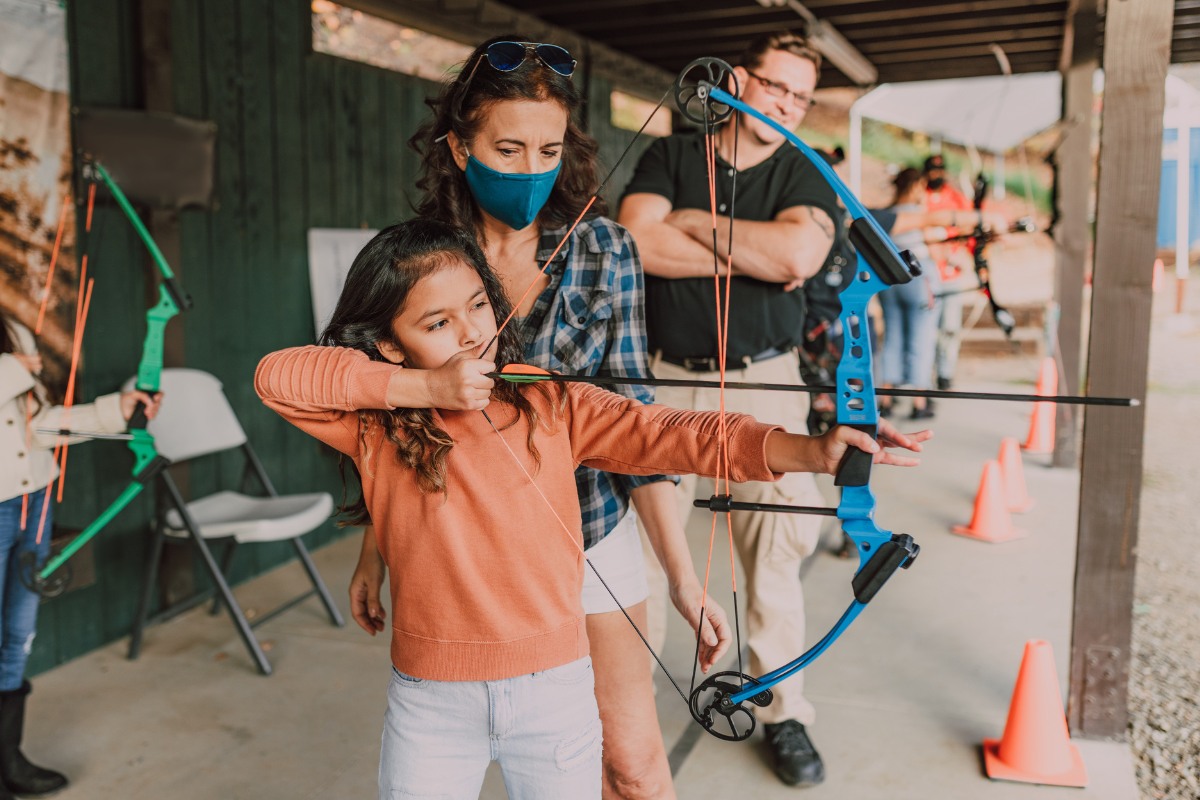If you are new to the sport of fly fishing, then the first thing for you to do will be selecting a fly rod. Selecting a fly rod is not difficult, but it is very important as there are many different sizes, lengths, and tapers to choose from. Many people think that all you need is a fly rod that will cover all of your fly fishing needs, but that is not true.
There are several factors that will determine what fly rod you will want to buy, but to keep it simple, we will focus on the three main factors: size, action, and quality. To help you in selecting a rod, let’s take a look at these factors and narrow your search down a bit so you can be confident that you are selecting the right fly rod so you can enjoy the sport and learn the fastest.
Size
There are many different sizes of fish, so there are many different sizes of fly rods to choose from. The same rod that you use for trout will not be ideal for salmon, or vice versa.
Fly rod size uses a scale from 1 – 15 and higher and is denoted by weight (wt), where a 1wt is very light for small fish, and a 15wt is heavy and made for huge fish like Marlins and Sharks.
Here is a generic list of fish and the rod sizes you will need for each. Most fish species vary in size, so your situation might be a little different, but this will get you close.
- 2wt: small trout, pan fish
- 4wt: trout, pan fish
- 6wt: bass, trout
- 8wt: steelhead, bass, saltwater
- 10wt: salmon, steelhead, tuna, saltwater
- 12wt: saltwater, dorado, sailfish
- 14wt: saltwater, sailfish, marlin, shark
The most common rod size for a first fly rod is a 6wt, as it is light enough to cast dry flies to trout with delicacy, as well as cast bigger flies to bass and even steelhead, and has enough backbone to fight larger fish.
Action
Fly rods are designed with different Actions. This means they bend at different areas throughout the rod and make the line behave differently as a result. When selecting a fly rod, you will want to pay special attention to action because some are much easier to cast than others.
Here is a list of the types of action you will choose from.
- Slow Action: the whole rod bends when casting. Made for small streams and short casts.
- Medium Action: the rod bends in the mid section of the rod. This is the easiest rod to cast but will lack the distance and accuracy of faster action rods.
- Fast Action: the rod bends mostly at the tip. These rods are best suited for experienced casters and are built for high line speed, good for long casts, accuracy, wind conditions, and casting large flies.
There are also actions in between these actions, such as medium slow, medium fast, and even very fast action or whatever the fly rod manufacturer wants to call it.
For a beginner, a medium-action rod will be the easiest to cast but will limit you once casting becomes comfortable. The solution is a rod between medium and fast and is known as a medium-fast action. This will give anybody the benefits of both and is my recommendation for a first fly rod. If you are selecting a fly rod designed for saltwater, then you will want to stick with a fast-action rod as most likely, you will be casting big flies and doing so in the wind.
Quality
When selecting a fly rod, a good thing to remember is that you get what you pay for. Sure, you can go to Walmart and pick up a cheap combo set for under $50, but once you hold a quality rod in your hand, you will probably end up with your own sooner than later. Fly Rods vary in price exponentially with quality. In other words, as quality goes up, price goes up even faster.
Here are two recommendations. Go with the best fly rod you can afford and buy a rod with a lifetime warranty. Any rod with a lifetime warranty is going to be of good quality and one that you will own for life. At some point, you will break a rod, and the warranty will come in handy. To buy a rod with such a warranty, you will need to spend around $200 or more, which is quite cheap considering a graphite rod can run up to $1000 +, and a Bamboo Fly Rod can be over $3000.
Here is a list of the benefits that you will have if you select a quality fly rod:
- Easier casting
- Lightweight
- Great feel
- Lifetime warranty
- Stronger than cheap rod
- Long and accurate casting
- Proud
- Quicker learning curve
Conclusion
Now that you have an idea of the size, action, and quality of the fly fishing rod that you need to buy, it is time to narrow your search down to specific brands and models, which is another daunting task.
If you are considering purchasing your first fly rod, then good luck to you. You have many new experiences to come. I wish I had never caught a fish on a fly rod, just so I could do it for the first time all over again, although it is sure nice to be over the learning curve, and soon, with the right gear and a little practice, you will be too.








